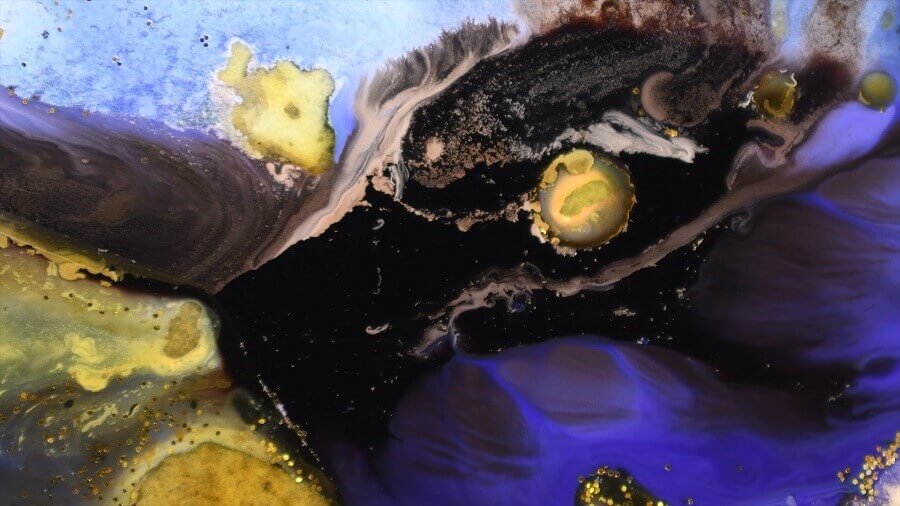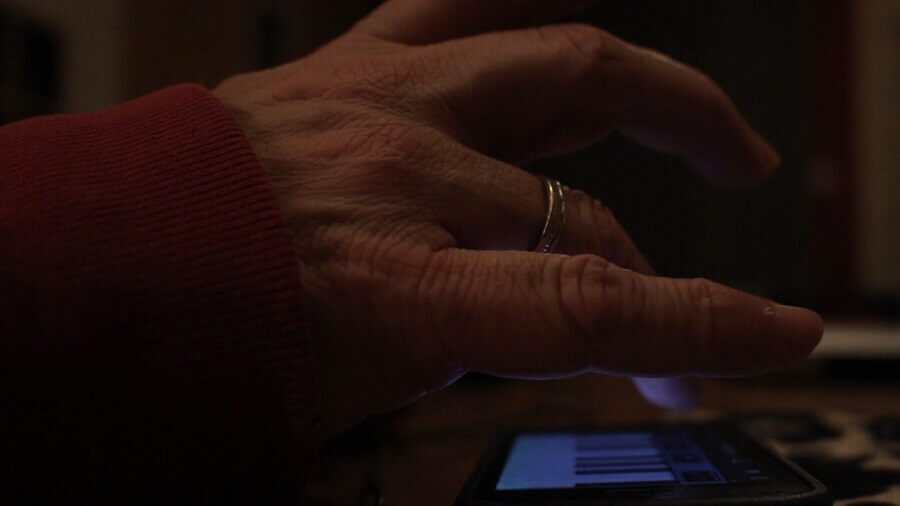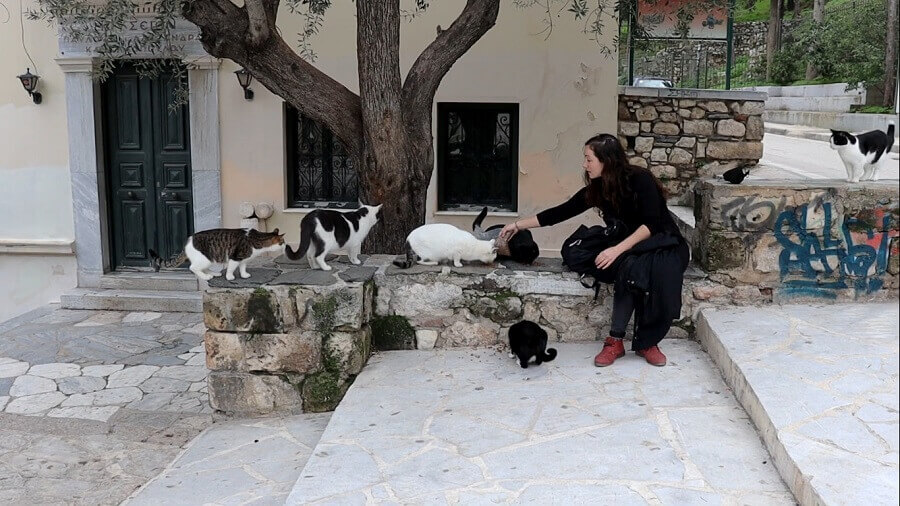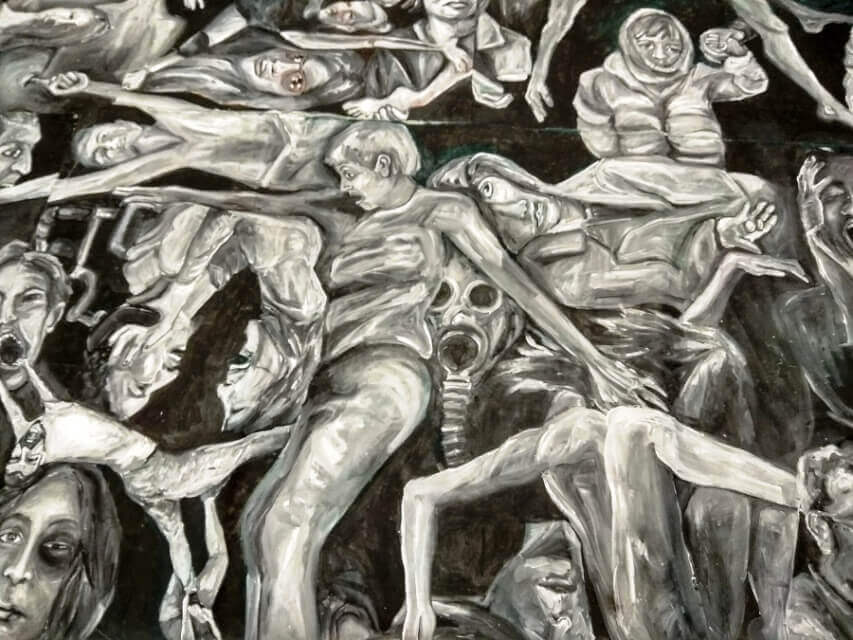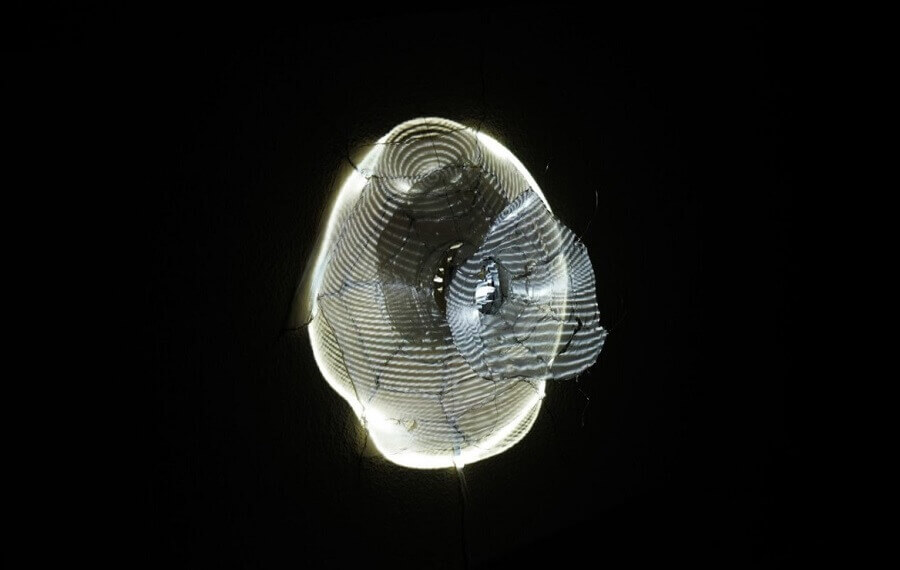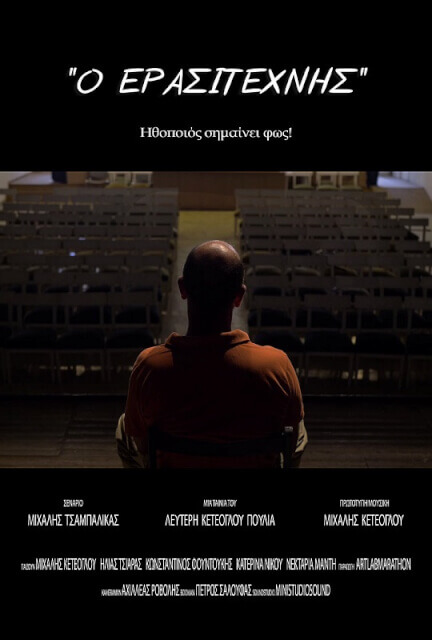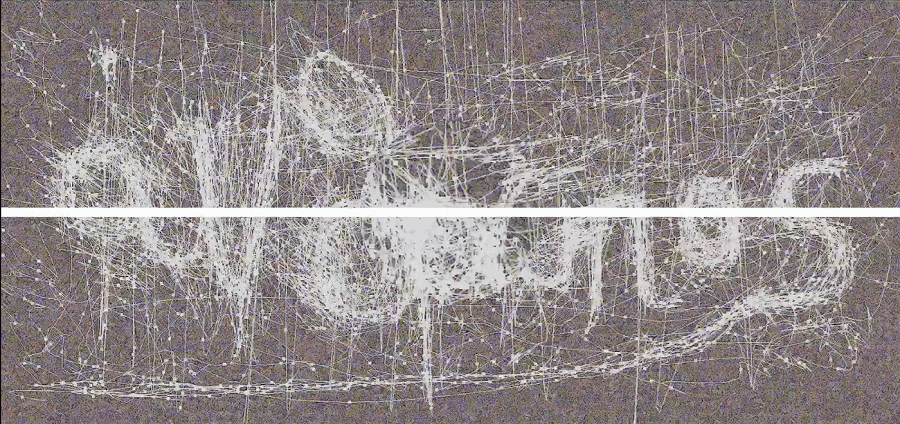Bread And A Blanket
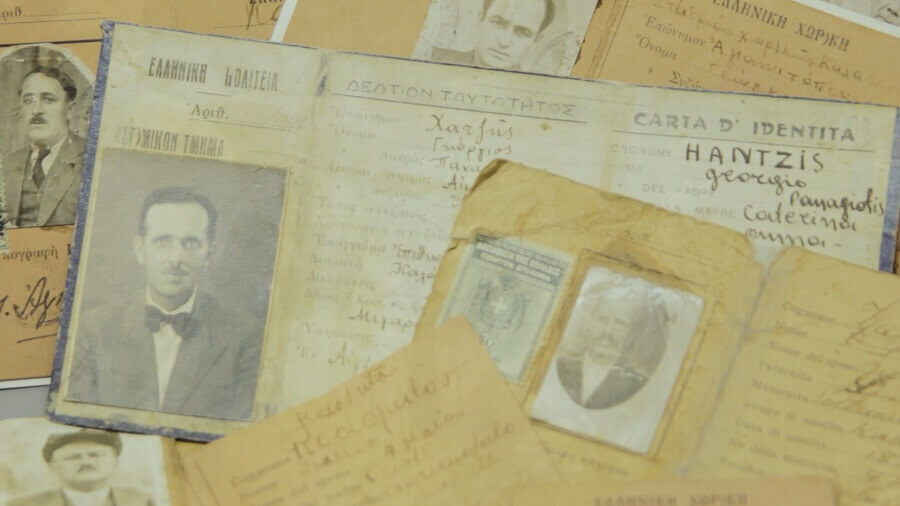
It’s Monday, the 13th of December 1943, the small town of Kalavryta is set on fire by the occupation army of Nazi Germany while the entire male population is being gathered on a nearby hill and shot dead. This war crime will go down in history, along with the massacre of Acqui Division, as the largest mass killing in Greece during WWII. Three men who witnessed these events as kids, locked up with the rest women, children and elderly people in Kalavryta’s primary school, recall this traumatic experience.
Director / Cinematographer / Editing / Script / Sound Mix / Music: Dimitris Gkrintzos Supervision: Maria Chalkou Assistant Directors: Nikos Gkrintzos, Margarita Chalakatevaki Sound recording: Dimitris Gkrintzos, Margarita Chalakatevaki Accordeon: Margarita Chalakatevaki Cast: Sokratis Athanasiadis, Yorgos Dimopoulos, Sotiris Thanopoulos


